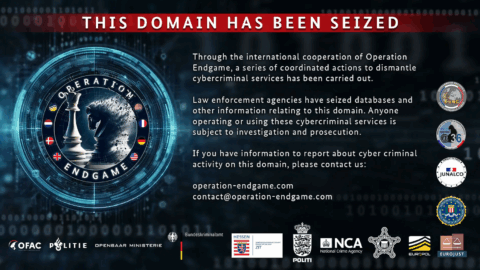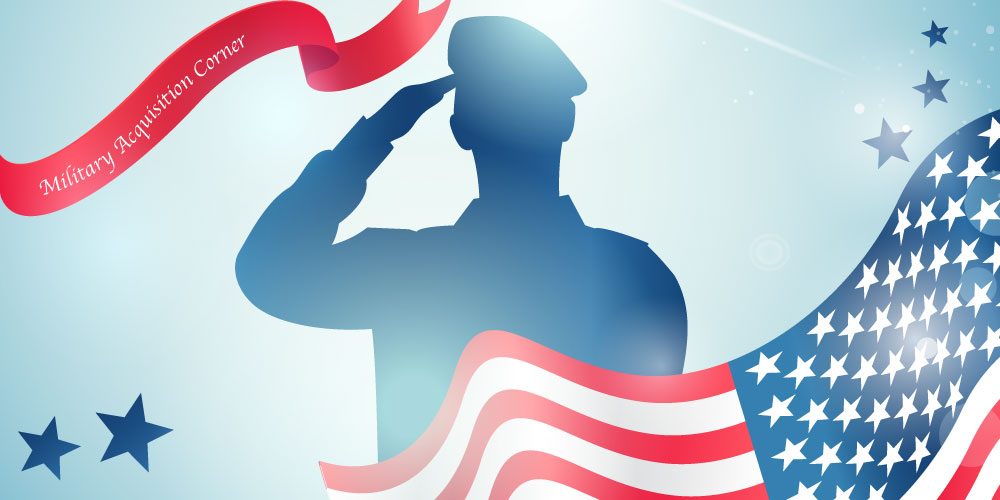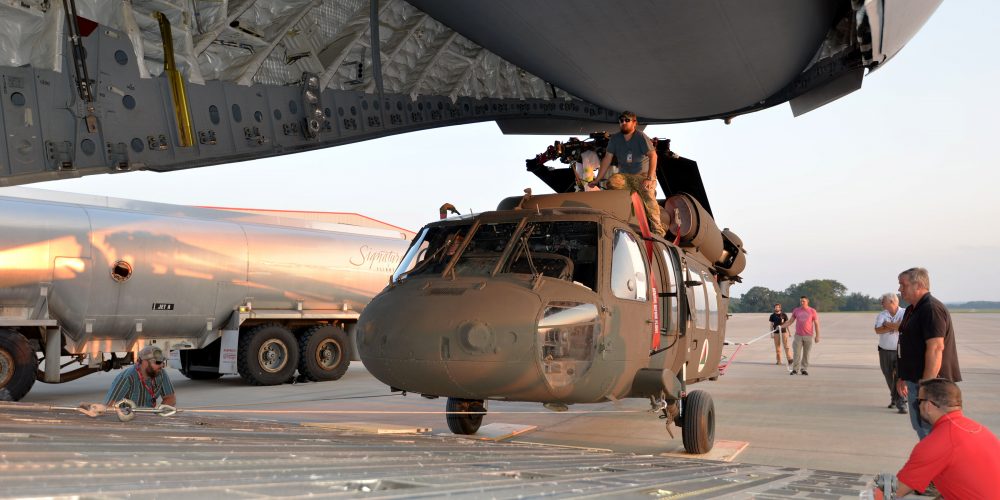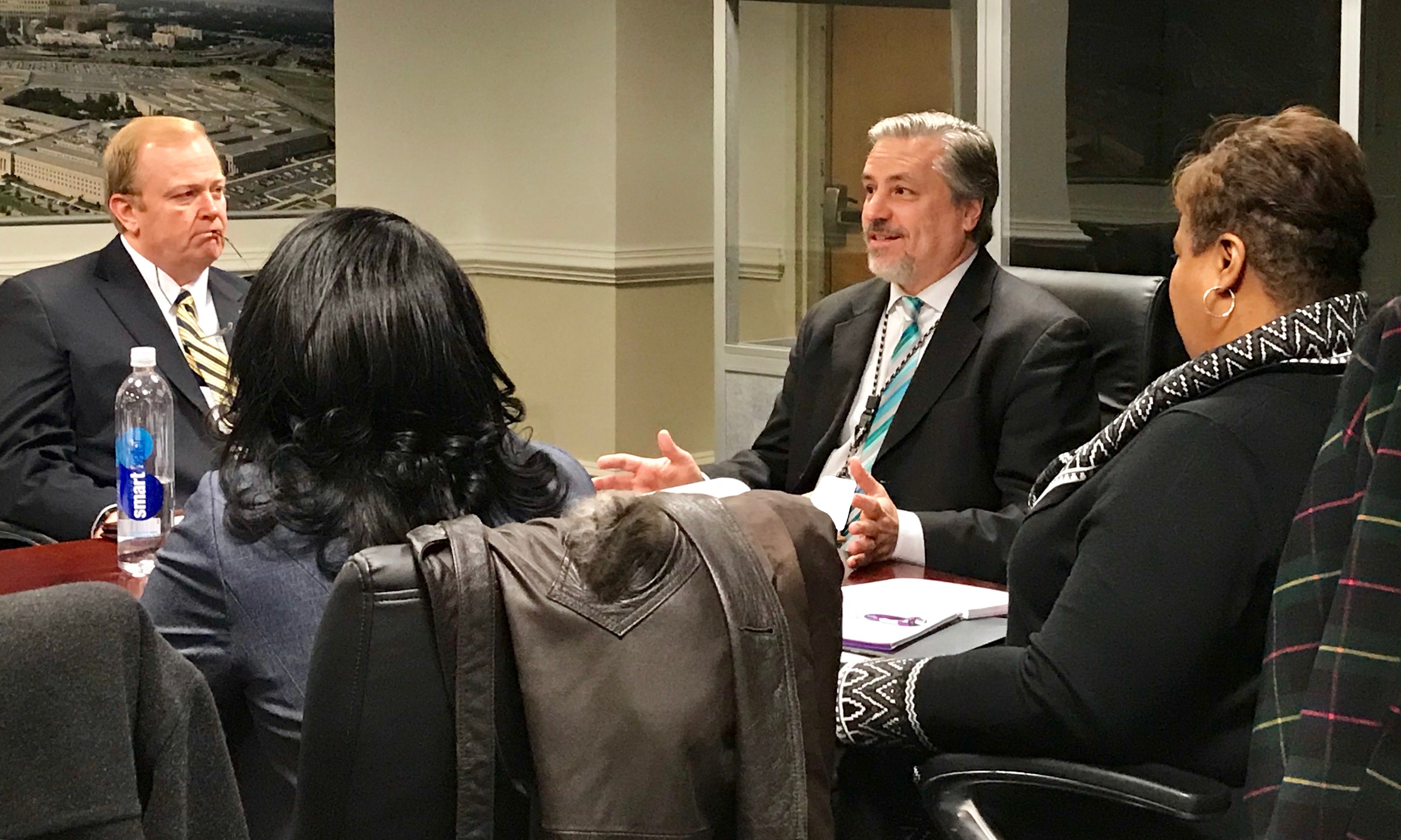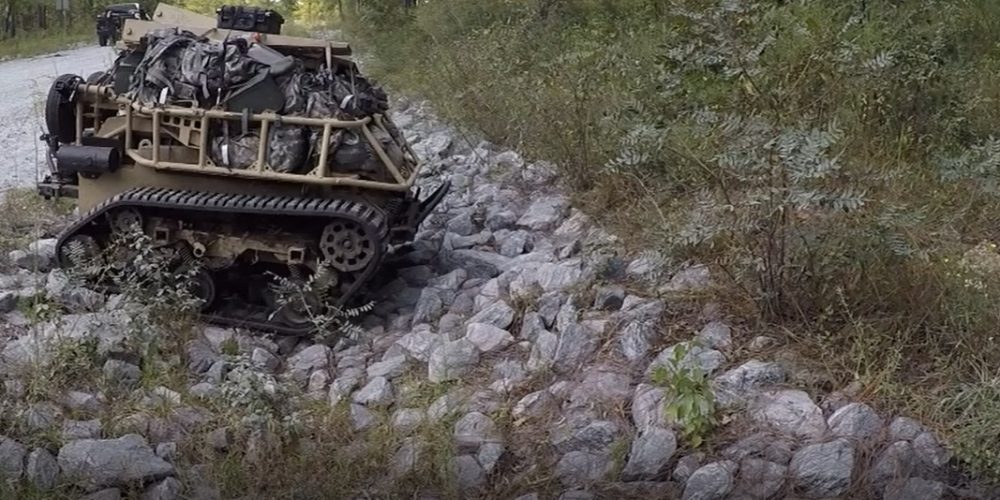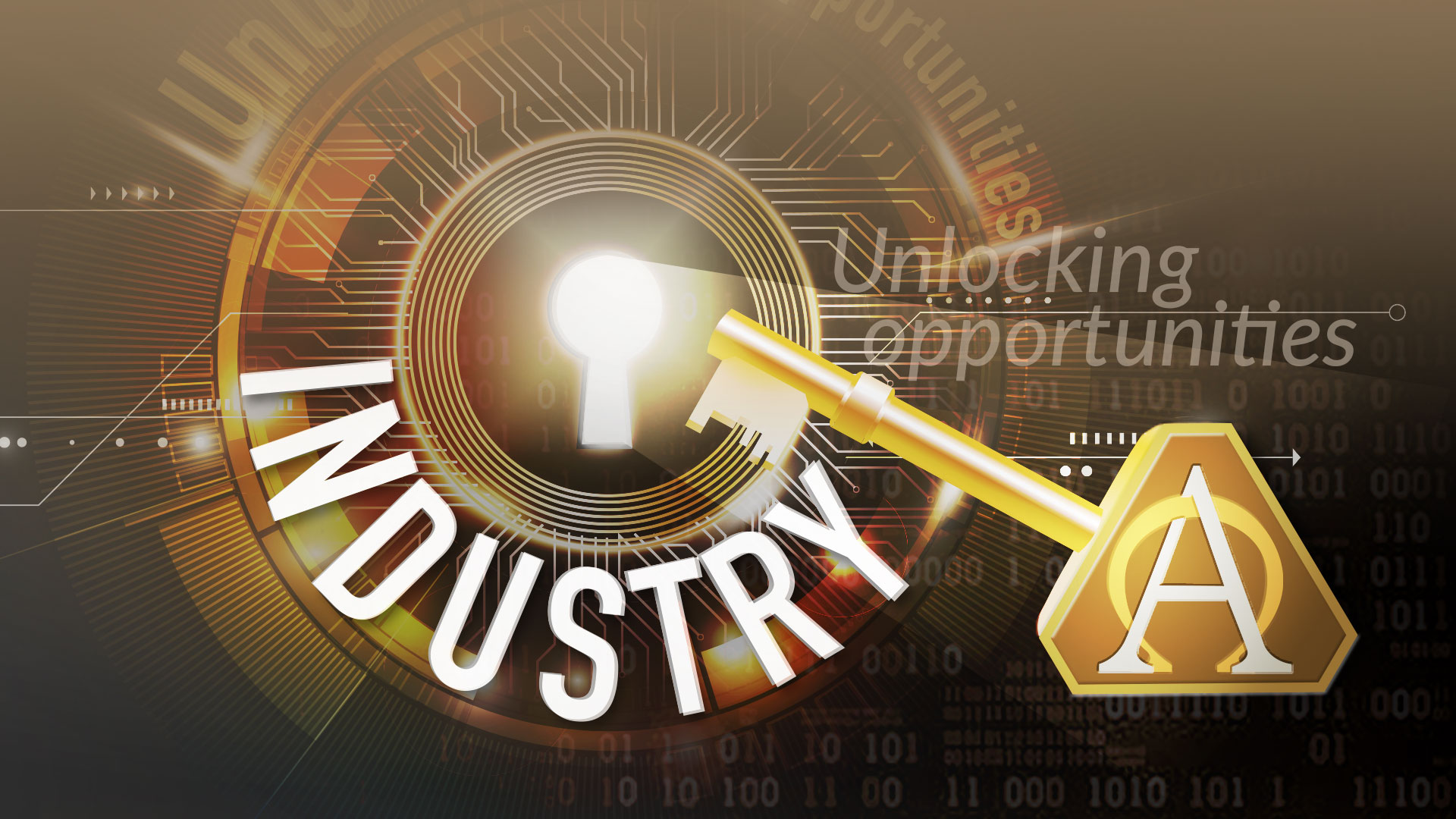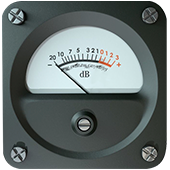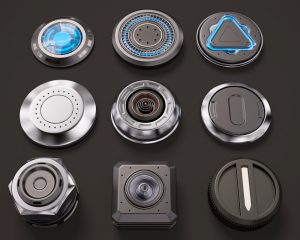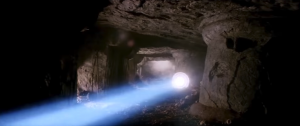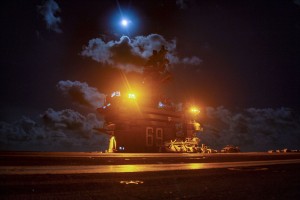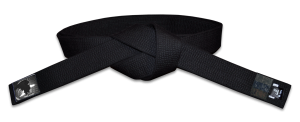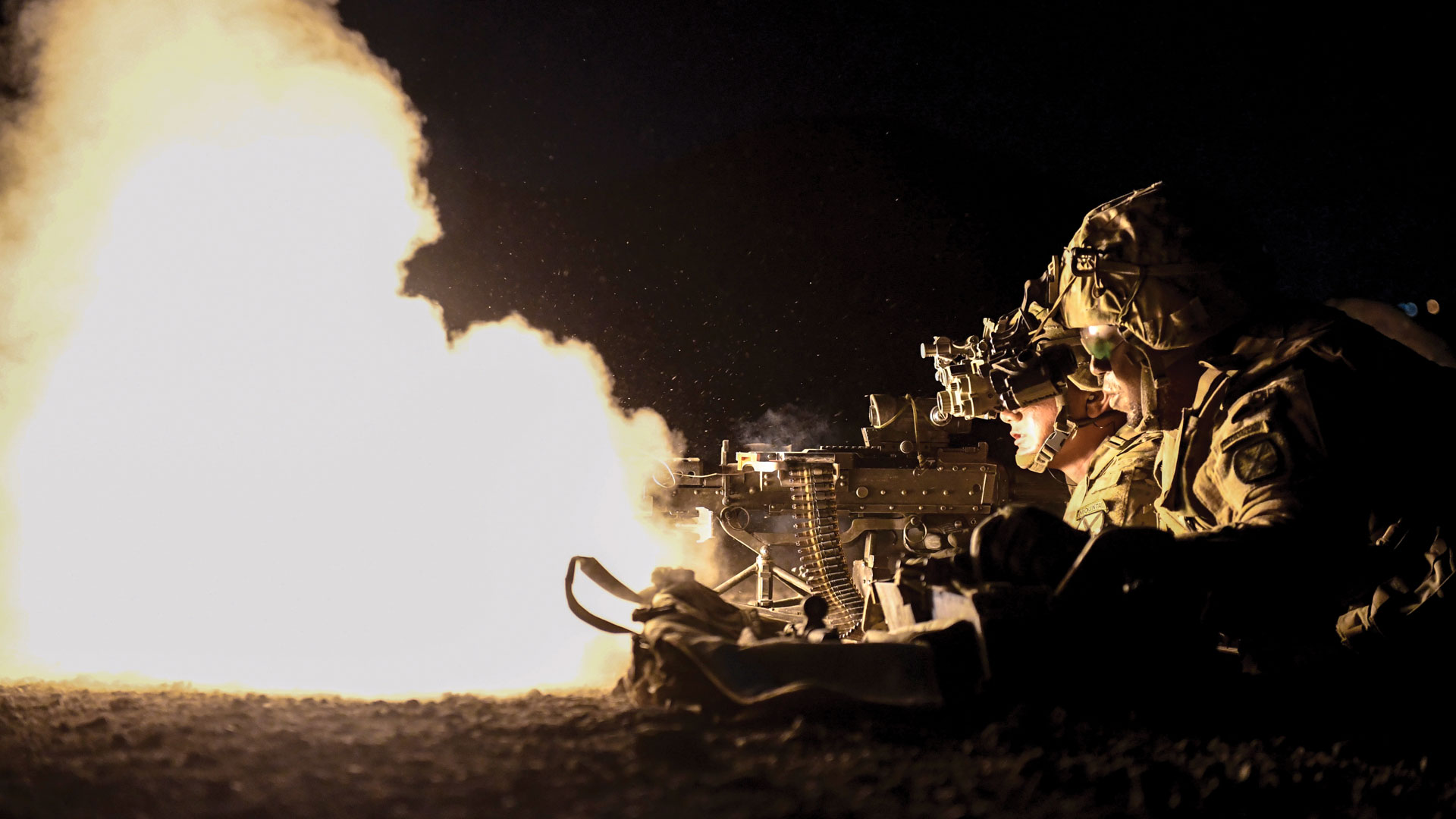
Advances in night vision technology give Soldiers capabilities considered impossible some 50 years ago.
By Ms. Mary Kate Aylward
“On the battlefield of the future, if you’re standing still, you’re dead,” has become something of a truism in the conversation about multidomain battle. The expectation that a fight in the future across air, land, sea and the internet will move faster than warfare ever has drives a lot of current decision-making about what to develop, buy and train for. Speed matters.
The Army researchers exploring night vision in 1965 knew that speed mattered, too, and sought to transform the night vision camera they were experimenting with from a heavy box that required a 20-minute exposure into something more useful on a battlefield. The Army then was working out the basic technology that would be useful for a Soldier in a fixed position at night, looking at one area for a while. The night vision camera wasn’t portable. It needed a considerable amount of ambient light from the stars and the moon to function, and it took a long time to produce a grainy image.
Dr. Wilhelm Jorgensen described the focus of the Army’s early night vision research in the September 1965 issue of Army Research and Development Newsmagazine (AL&T’s predecessor). “Programs have been initiated … to decrease the exposure time and to provide operational equipment that is more practical and useful,” he wrote.
This summer, the Army is preparing to field a night vision device that can summon up a picture out of darkness in seconds, allows Soldiers to see in two directions at once, and updates the image continuously as the Soldier moves. A Soldier walking through a dark alley can toggle between two crisp video feeds of who or what’s in front of him and what’s off to one side. (One feed comes from the helmet-mounted goggle tube, and the other from the rifle sight.) The pairing is called the Enhanced Night Vision Goggle (ENVG) III, and it’s worlds away from that long-exposure camera, though it relies on the same fundamental science.
Embryonic night vision devices existed before the 1960s—very large “infrared spotlights,” mounted on the back of a truck, were in use in World War II. But these worked by scanning the dark sky with an infrared light, and so eventually became a liability that could give away the Allies’ position.
In 1965, the research team’s investigations rested on what was still being discovered about the infrared spectrum of light, which is invisible to the naked eye. Finding the right base material for night vision lenses was another focus of research. “If successful, the technique has potential application in the development of wafer-size image intensifiers for miniaturizing infrared night-vision viewing equipment,” Jorgensen wrote of the search for ways to render electronic current signals visible. “With suitable optics, the technique could be used as a horizon scanner to locate warm vehicles, infrared equipment and other heat sources,” he concluded, anticipating the kind of equipment most Soldiers—and plenty of civilian hunters looking for an edge on the deer—would start carrying in the 1980s and 1990s. Early night vision devices exploited the near end of the infrared spectrum; decades later, scientists developed the ability to peer into the far end of the spectrum to make more things more clearly visible at night.
The two foundational capabilities that make it possible to see in the dark are image intensification, used in the earliest scopes, and thermal imaging, the addition of which has improved more current night vision devices. Image intensification works by amplifying ambient light; thermal imaging works by detecting differences in heat radiated by an object and the background.
Most Soldiers now use a one-eyed night-vision goggle, the PVS-14, that uses image intensification and produces an image almost instantly, moving with the Soldier. Some have received the Enhanced Night Vision Goggle I and II, which were fielded in limited numbers starting in 2008 and improve the ability to see in dim, smoky or foggy daytime conditions. The main change from PVS-14 to the enhanced versions is the use of thermal imaging as an additional vision technology. With the ENVG III, Soldiers have the option to fuse both kinds of vision into a single display or to look through the device in either mode by itself.
Night vision technology is also now not only portable and wearable, but untethered from goggles. One lens on a weapon can wirelessly send an image to a Soldier’s helmet display; a key change from the ENVG II to the III is that the ENVG III can now be wirelessly linked to the weapon sight on a Soldier’s rifle (the Family of Weapon Sights – Individual), which allows Soldiers to see what their rifle is aiming at, either in total darkness or low-light conditions, without having to raise it to eye level. Putting the night vision camera on a rifle instead of a goggle also keeps Soldiers out of harm’s way longer—a Soldier searching a building at night can point his rifle around a corner and see what’s on the other side on his helmet display.
Though all the currently fielded night vision devices weigh far less and produce sharper images than the 1965 camera, advances in power technology and screen display are now making it possible to produce night vision systems that are so much lighter and clearer that the difference is like, well, night and day.
CONCLUSION
The cross-functional team focused on making Soldiers more lethal has identified better night vision as a key component of that project, and is pushing forward a binocular night vision goggle of the kind special operations forces use. Other improvements under consideration would incorporate the night vision images into a stream of data that Soldiers see on their display—along with, for example, GPS information, or the location of allied troops. As scientists discover more about the infrared spectrum and how to see into it, more improvements become possible. Early breakthroughs in night vision technology enabled then-Secretary of the Navy John Lehman to declare in 1991, “We own the night.” In the words of the organization that inherited the research mission Jorgensen described in 1965 (the U.S. Army Communications-Electronics Research, Development and Engineering Center), current night vision technology, with its emphasis on cutting through smoke, fog and sandstorms, is on the cusp of letting Soldiers “own the environment.”

